Tips for male Coaches. Communication with female athletes about the menstrual cycle.
Despite huge growth in women’s sport, female athletes still operate in a predominantly male environment. The majority of coaches and support staff are male. The research shows that in cases where women do not discuss their menstrual cycle with their coaches or other support staff, this is only when said coach or support staff are male. The most common reasons for this is due to the stigma of the topic, the belief that male staff lack knowledge on this topic and the perception of male awkwardness. This is all very understandable although I believe things are beginning to shift with discussions around the menstrual cycle becoming more common in elite sport, including on various platforms like social media, podcasts, etc. Normalising conversations and providing people with knowledge and tools required is the first step to breaking down the stigma that still exists.
Why does this matter? The menstrual cycle is a hugely important part of a female athlete’s physiology. Not only is it another metric to track providing important insights into health status, but by tuning into each athlete’s cycle there is the opportunity for marginal gains required for peak performance.
I’ve put together some of my thoughts and tips which may be useful for male coaches who have female athletes:
A health and performance metric.
It is an important metric relating to all female athletes. As such, you need to talk to her about it regardless of if it may feel slightly awkward. Think of it like sleep hours, heart rate variability, nutrition or injuries. Hormonal fluctuations and the impact these have on an athlete are also important. At the end of the day, it’s a performance conversation. Performance conversations may not always be the most comfortable but they have to happen regardless.
Correct terminology.
Although slang terms related to menstrual health are totally fine, and I don’t think any of them would make women feel uncomfortable, you might find it better to use more biological terms. Some examples include: “menstrual cycle”, “menstruation”, “Day 1 of your cycle”, “luteal phase”, “follicular phase”, etc. These might feel less awkward than “time of the month” or even “period”.
You don’t have to be an expert.
It’s ok to not know everything. Especially on a topic you have no personal insight into. You can even say something like “My knowledge is still a bit limited on this but I can find out more and get back to you…”, “Even though I’m still learning more on this it is important for us to discuss it” or “I can find someone that knows more than me and if you’d prefer to talk to them then I can arrange that also”.
Key Q’s.
Incorporate some key questions into your athlete onboarding questionnaire. You can have a female specific section on this. A few key ones I’d recommend are: “Are you taking any form of hormonal contraception?” (this is important to know because if she is, her withdrawal bleed which she may refer to as her period, will no longer be able to be used as a marker of health), “Do you have a regular monthly cycle?”, “Do you track your menstrual cycle?”, “Is there anything else related to your menstrual health that you would like me to know?”. The answers to these questions will determine what follow-up questions and conversations you have with them.
Start the convo.
If you’ve missed the boat with asking key Q’s during the onboarding process, it doesn’t matter, start now. “I know we previously havn’t discussed this but it would be great to start collecting some information on your menstrual cycle as another metric related to your health and performance. Is that ok with you?”.
Little and often.
You do not need to cover everything in the first conversation that you have with them about their menstrual cycle, in fact that would be far too much. Simply opening up the conversation will be key to breaking down any communication barriers. The athlete will then know that if or when they have anything they need to discuss with you, they can because it’s already a topic that’s been previously brought to the table. Rather than having one big “talk” that you never bring up again, think more like “little and often”. This helps break down the stigma and normalise the conversations on menstrual health. You can bring it up at regular check ins - “have there been any changes in your menstrual cycle recently?”.
Tracking the cycle.
Encourage your athletes to track their menstrual cycle. In my research on World Cup XCO and DH mountain bikers, the majority of women were tracking their cycle using an App on their phone. This is what World Class athletes are doing, because they know it’s important. There are many free Apps that make this very easy to do and will also function as being educational and empowering for the athlete to better understand her body. Ideally you want them to be sharing this info with you via whatever coaching platform you are using.
Female support staff.
If you really need to, find a female coach or support staff that can be available to your female athletes for any discussions, although I think having an athlete-coach relationship with no barriers to communication would be the goal. However, this could be an option, and possibly may be more relevant when dealing with younger youth athletes. Puberty is a crucial time for girls, where drop-out rate from sport is high. Girls will experience their first period on average from about aged 10 to 15 years old. Ensuring these young girls have the support they need may help them to feel more comfortable within their sporting environments, reducing drop-out.

